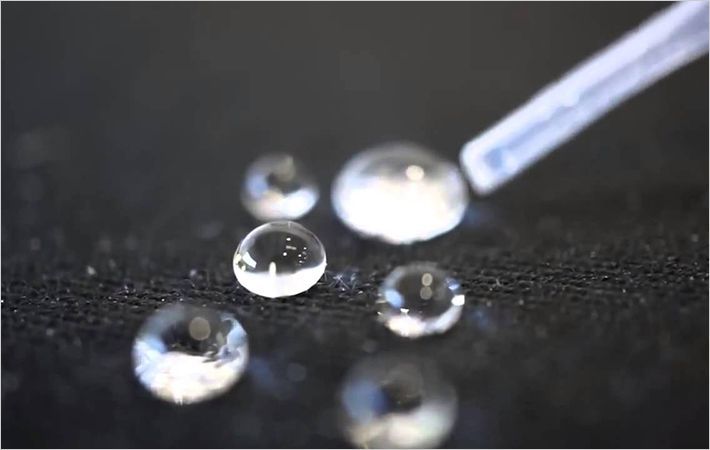TenCate is experiencing great interest in new concepts for its fire-resistant fabrics, TenCate Defender™ M and TenCate Tecasafe® Plus. Both products are based on fibre blends, making it possible to cater for the specifications of customer groups to maximum effect. The value proposition lies primarily in the combination of unrivalled performance together with optimal wearing comfort and a favourable price, compared with products that are based entirely on aramid fibres and which have traditionally been used in a large number of markets.
TenCate Tecasafe® concepts and TenCate Tecashield® in combination with TenCate Defender™ M form a complete portfolio of multi-risk safety fabrics for defence and emergency response applications. In a short time TenCate Tecasafe™ Plus has built up brand awareness to such an extent that the product now occupies a leading position in the global market for industrial safety fabrics. For TenCate Defender™ M there are currently at least ten wear trials to be conducted at large army units in the international market (outside the United States).In the European market there are diversified revenues, with new activities in the field of aircraft and helicopter armour hhaving recently started. These activities will make an increasing #
Impact of budget cuts at American Department of Defense
In the US important budget, measures are expected shortly. On 23 November, the US Congress voted on this important issue. Together with the Cohen Group, TenCate has analysed its possible effects and has reached the following conclusions:
• Although considerable budget savings are proposed, the level of expenditure will still be substantially above the average of recent decades;
• In the US the level of attention focused on personal protection continues to be high and expenditure on the equipment of individual soldiers will increase further; the proportion of fire-resistant protection as a cost item is limited in this respect;
• There will be an increase in the number of soldiers wearing fire-resistant uniforms, also outside the direct areas of risk;
• The TenCate portfolio is spread over different US Army units and in several product variants in such a way that there is a strongly diversified division of revenues. This has a risk-reducing impact;
• The focus of the United States on possible foreign conflict zones and on terrorism continues to be strong; with top priority recently being given to the Asian region;
• In 2011 considerable inventories have been built up, in combination with the introduction of the new camouflage print. TenCate sales (mainly) of TenCate Defender™ M will largely follow the deployment of US troops. TenCate Defender™ M is the leading product for fire-resistant protection for the US Army. It is strongly competitive in price and provides a high degree of wearing comfort;
• In cooperation with the Cohen Group, TenCate is striving to achieve further growth in international sales (outside the US). Greater attention to end-user marketing has already produced the first positive results. There are currently a considerable number of wear trials being conducted and a number of orders have recently been secured. For reasons of confidentiality, some orders cannot be mentioned.
The conclusion is that, although there will on balance be an initial decrease in sales of TenCate Defender™ M products, sales of other fire-resistant concepts for defence, police and fire fighters, as well as those for industrial applications, will grow rapidly. The decline in the number of US military personnel deployed in Iraq and Afghanistan should not be overestimated, in view of the fact that, set against this, growth can be observed in respect of other customers and there will be a larger geographic breakdown of sales.
Armour products
TenCate occupies a key position in the European and American markets for vehicle armour. TenCate sales of armour products are however below those of safety fabrics. Therefore the impact of cutbacks on defence budgets is expected to be limited.
TenCate is the market leader in the US and European markets in the field of vehicle armouring using lightweight composite materials. The outlook is such that no substantial decline in demand is expected. The sale of armour products is greatly dependent on individual projects for which governments make budgets available. This may result in fluctuations in sales on an annual basis.

